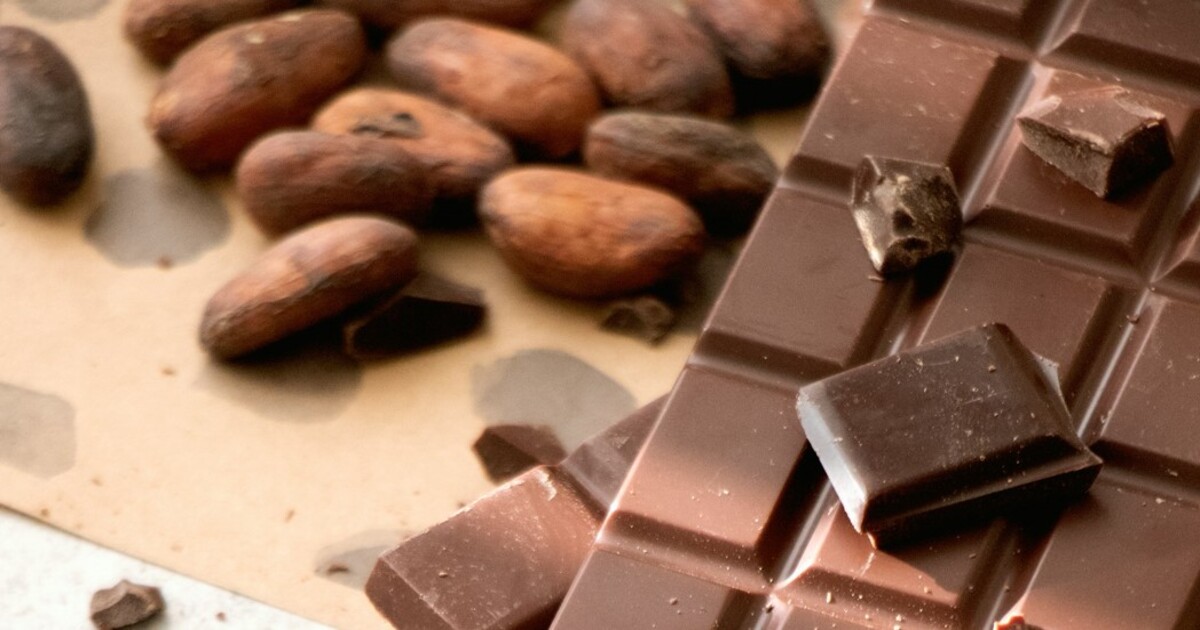Global cocoa yields are falling due to the dual threat of inadequate pollination and climate change. This threatens the livelihoods of millions of smallholder farmers.
March 30, 2025

Credit: Tetiana Bykovets on Unsplash
1
The global unprocessed cocoa bean market is worth an estimated $16 billion annually. In contrast, the global chocolate industry is estimated to be worth in excess of $100 billion.
2
The ideal climate for growing cocoa is hot, rainy and tropical — with lush vegetation to provide shade for the cocoa trees. The primary growing regions are in Africa, Asia and Latin America.
3
The largest producing country by volume is Côte d’Ivoire — which produces around 40% of global supply.
4
The biggest importers of chocolate are the United States ($4 billion), the UK ($3.1 billion) and Germany ($3 billion).
5
Multinational corporations dominate the chocolate industry. The largest chocolate and cocoa manufacturers are Mars Wrigley Confectionery, Ferrero Group and Mondelēz.
6
Approximately 90% of the world’s cocoa is grown on small family farms by an estimated 5 million smallholder farmers who are dependent on cocoa production for their livelihoods.
7
Cocoa trees depend primarily on insect pollination. However, natural pollination levels are alarmingly low — significantly reducing cocoa yields.
8
Pollination rates vary significantly across major cocoa-producing regions — with Brazil recording 12%, Ghana 27% and Indonesia 11%.
9
Hand-pollination experiments in these regions increased yields by 20% — showing that cocoa yields are limited by pollination, not nutrients.
10
In addition, sites where temperatures were up to 7 degrees warmer had 20%-31% lower cocoa yields — underscoring the vulnerability of cocoa-producing regions to the effects of climate change.
_Sources: Tagesspiegel, University of Göttingen, Communications Earth & Environment, Fairtrade Ireland, Statista, University of Oxford_